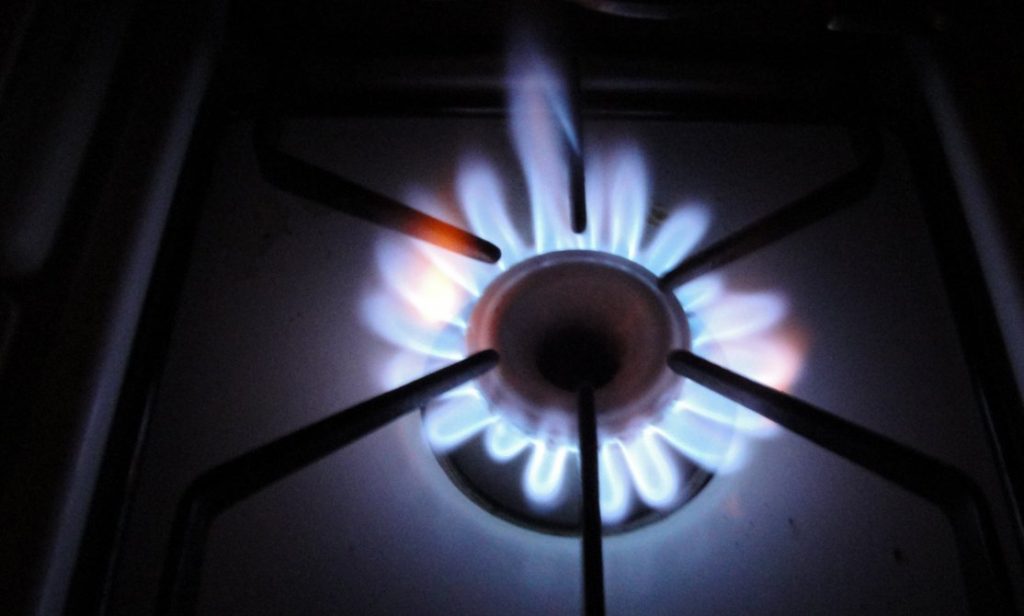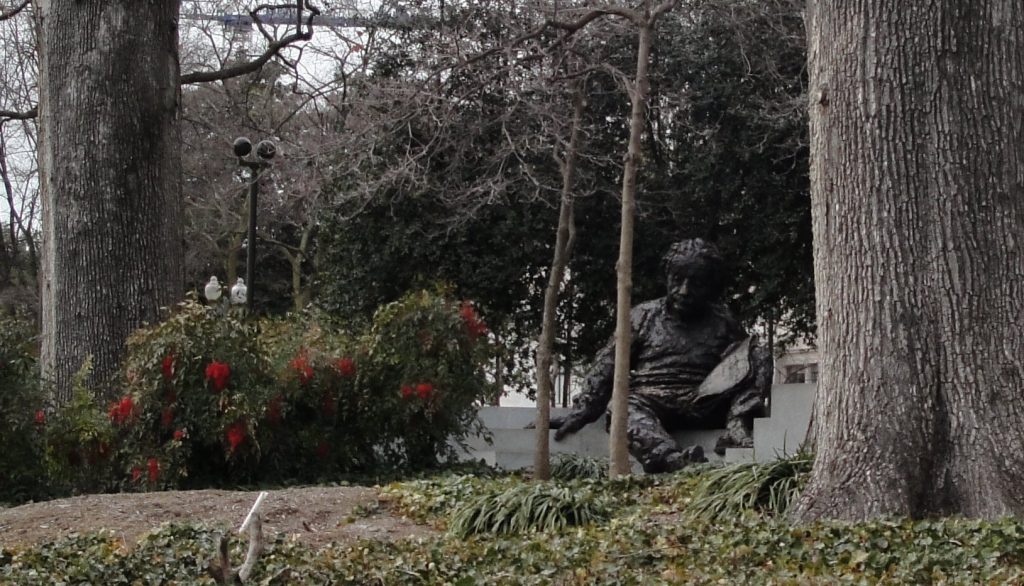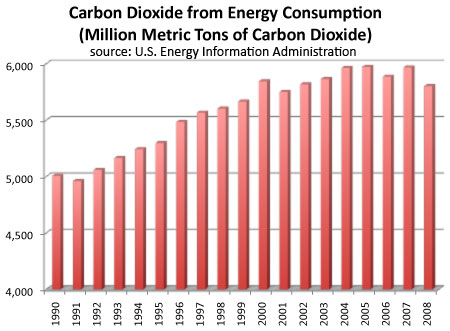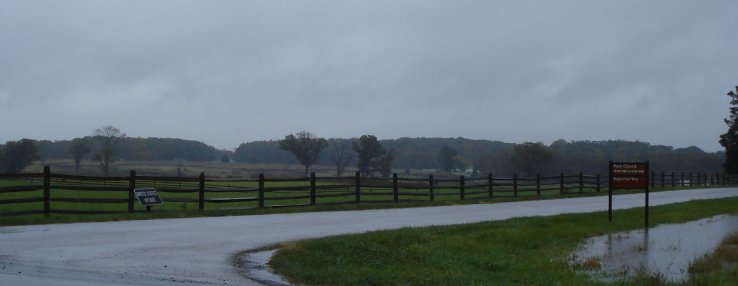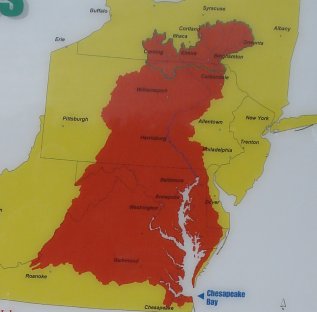“When you say you agree to a thing in principle you mean that you have not the slightest intention of carrying it out in practice.”* I have limited confidence in the efficacy of big global agreements, but I understand the usefulness of participating and we hope our team will be very forthcoming and aggressive in the COP 15 climate talks.
Forget Kyoto
The Clinton Administration never had any intention of implementing Kyoto. The Senate rejected it 95-0 before even being asked to ratify it. This was a unanimously bipartisan rejection of the climate treaty. Kyoto was dead on arrival, as the saying goes and it was indeed a seriously flawed agreement but Clinton was clever. He understood the dynamics of the public relations around climate change. Nobody really intended to carry out the terms of the treaty beyond the extent to which it was convenient. Most of the climate lobby was perfectly content if the U.S. went along rhetorically. Most of the major players were going along with the mendacious program. Bush didn’t understand how to play that deceptive game well enough and openly rejected the agreement & the U.S. got eight years of international crap as a result.
Take credit for what will happen anyway
Kyoto was meaningless. Developing countries got a free ride on the misplaced guilt of the more productive and hence more energy consuming nations (energy consumption is closely related to output). The former Soviet Empire was in the process of shutting down the horribly polluting – and without strong state protection – unprofitable industries built up during the benighted communist era. Countries in both these camps knew that nothing much would be asked of them and they might even be able to make a little money selling carbon they would not have produced anyway. The Russians were in the now even more enviable position of having been so horribly dirty and inefficient that any approach to normal would be rewarded with unearned credits and cash.
BTW – Russian carbon credits are one of the reasons ostensible carbon reductions in Europe were so cheap and ineffective.The Russians are now lining up to milk what they can out of Copenhagen.
Our European friends also came to the game with a few aces up their sleeves and a lot reductions already cooked into the pie when they signed on to Kyoto. In the British Midlands, they were in the process of converting from dirty coal to much cleaner and less carbon intensive natural gas. The Germans had recently acquired the outdated industry of communist-East Germany. They were shutting down these inefficient and very polluting industries anyway. It was sort of like a cash for clunker industries program.
The fall of communism in Eastern Europe was a significant ecological benefit all around. Just bringing industries up to non-communist standards resulted in a big reduction of all sorts of pollution. Beyond all that, they understood that Europe’s generally slower rate of economic growth would slow demand for new uses of carbon.
The U.S., in contrast, didn’t have any big shutdowns on the way and our economy was growing about twice as fast as those in continental Europe which would mean a growing need for energy.
Progress is on the way; revel in it and don’t sell it cheap
We are now in a better position in relation to many others. We can plausibly promise real reduction in CO2 emissions, but it is very important how we sell reductions. You don’t give things away in negotiations because you get no credit in the international community if you just do the right thing w/o making a big deal about it. Multilateral negotiations are a kind of kabuki play. You have to scream and grimace at the proper times or else nobody pays attention. You have to call attention and claim credit for good things that just happen. You know that you will be blamed for the bad things.
The free market is remarkably adaptive. When the price of gas rose in 2006, Americans used less energy and emissions of CO2 dropped. This is the only time this happened in a major country during a time of robust economic growth. Did we get any credit? Did anybody even notice? I had to look hard to find it in the media. WITHOUT the hyperbolic rhetoric you don’t even get credit for what you REALLY do. WITH rhetoric you can even get credit for things that just happen even if you do nothing. It takes a little dose of hypocrisy to make the world go around.
Now we’re cooking with gas
It gets better. We will soon be able to reduce carbon emissions w/o working up too much of a sweat. Technological advances in only the last few years have made available vast amounts of natural gas within the U.S. Our recoverable reserves have gone up by 39% in the last two years alone and gas is getting very cheap. As the economics of gas improve, we will switch from coal and oil, which emit much more CO2, to gas in many situations. This will reduce our emissions.
Natural gas is also abundant in areas of the U.S. much in need of jobs and investments.
There is an even better good news story. Last year the U.S. displaced Germany as the world’s largest producer of wind energy. Wind is still no big deal as a % of energy consumption, but the trend is continuing and abundant cheap natural gas can play a role. Wind is unreliable. You have to have a back up capacity. Gas is perfect for this. Unlike a coal plant, a gas generator can be easily turned on and off. On windy days, we would get electricity from wind. When the wind wasn’t blowing, gas would fire up to fill the demand.
Other alternatives plus better quality nuclear power is also coming on line. Match this with the generally slower economic growth we expect to suffer during the next couple of years (there is a silver lining to every black cloud) and you see that U.S. emission growth will slow and we may even have some actual drops. If you look at the chart nearby, you will see that the trend started down in 2006. We expect another huge drop of 5% in 2009. Notice from the chart that our emissions were a bit lower in 2008 than they were in 2000, w/o the benefit of Kyoto, BTW.
That means we can promise AND the United States can deliver. Delivering is important, but it is the promising that is the key to UN success. You need a lot of sound and fury in the international climate game. If we just deliver, we get no credit (cf. carbon reduction under GW Bush). In the international negotiating arena, especially international public opinion, what you say and how loudly & passionately you say it is at least as important as what you do.
We don’t have to take it anymore
The U.S. also needs to be in a stronger “moral” position to resist unreasonable demands by less developed countries. In fact, we can turn the tables on them. They always said, or at least implied that they were waiting for us, that if we (the U.S.) reduce our emissions they would do likewise. We are now holding the cards we need to call their bluff. We doubt most others will actually come through, but it will at least take some of the wind out of their sails when they make unreasonable demands on us. With our emissions dropping and those from places like China (the world’s largest CO2 emitter since 2006) and other developing countries on the rise, we can throw some of the stink in the other direction for a change.
The U.S. will be a leader in the effective use to climate change technologies
This is potentially a real game changer. With President Obama’s smooth rhetoric and proven ability to promise “change we can believe in” hitched to the real potential of the American market to take advantage of favorable energy trends and the unexpected bonanza of natural gas in the short term, we can cram a sock in the anti-American rhetoric on this topic. Yes we can.
Go boldly; no need to apologize
So let’s play hardball by “playing nice.” No need to apologize or send too much money to contribute to kleopocracies in developing some countries who use the poverty of their people and bad weather as bargaining chips. Instead, shift our weight and do a little international style jujitsu. We have little to lose, since we are on track to succeed anyway in reducing our emissions relative to the rest of the world, if we use the cheap natural gas we have found and ride the wave of innovation already coming our way. But none of it will count unless we make a big deal of promising. Posturing, promises & procrastination, that is how they roll at these kinds of international conferences. The rules of the game do not require and do not always even encourage actual success anyway, but we can both talk and do in this case.
Let’s do it and let’s also be seen to be doing it. It will benefit neither the environment nor us to allow another Kyoto to be hung around our necks. But with the proper nudge, maybe something can actually get done … even really about the environment maybe.
* The saying is attributed to Otto Von Bismarck







